Some flowers don’t just grow — they make history. Behind countless brushstrokes, gallery walls, and iconic masterpieces lie simple petals that sparked unforgettable inspiration.
From Van Gogh’s sunflowers to Georgia O’Keeffe’s bold blooms, flowers have whispered their way into some of the world’s most beloved works of art. But not all of them are famous just for their beauty — many carry hidden meanings, emotions, or personal stories that turned them into artistic muses.
In this list, you’ll discover 15 flowers that didn’t just sit pretty in a vase — they helped shape culture, color, and creativity itself. Whether you’re a gardener, a creative soul, or just someone who loves a good backstory, these blooms reveal just how deeply plants and art are forever intertwined.
Sunflowers
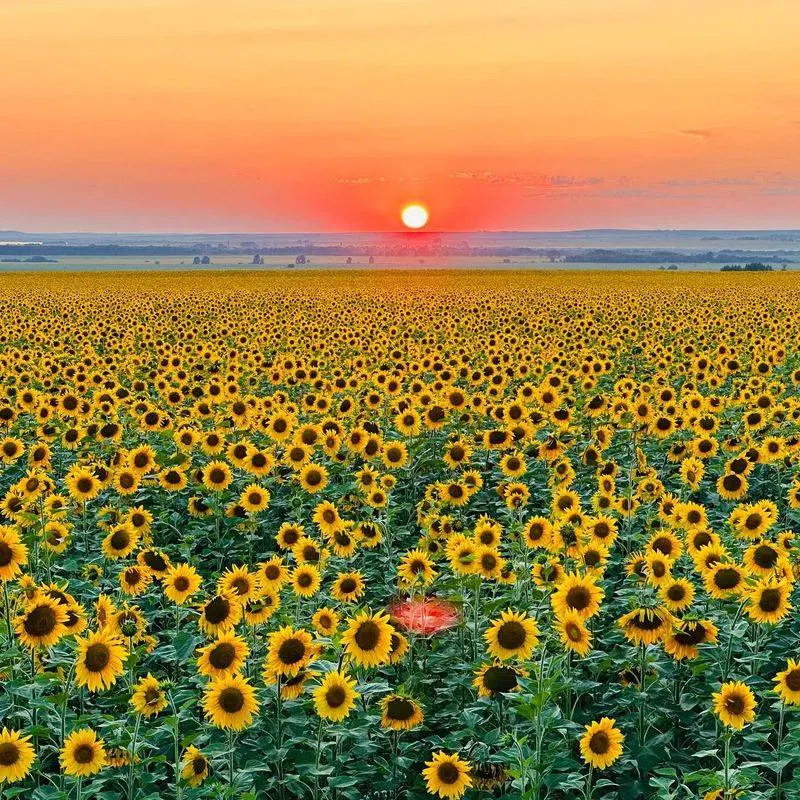
Van Gogh’s sunflowers are more than just a study in yellow. They burst with life and energy, embodying the artist’s quest for beauty in the everyday. Each petal is a testament to Van Gogh’s unique vision and his emotional connection to the natural world. His series of sunflower paintings captures the fleeting nature of life itself.
These works, created in Arles, France, during the late 1880s, reflect the artist’s fascination with the vibrant colors of the countryside. The sunflowers’ bold hues and dynamic forms have become iconic in the art world.
Did you know? Van Gogh painted four versions of these famous sunflowers!
Water Lilies
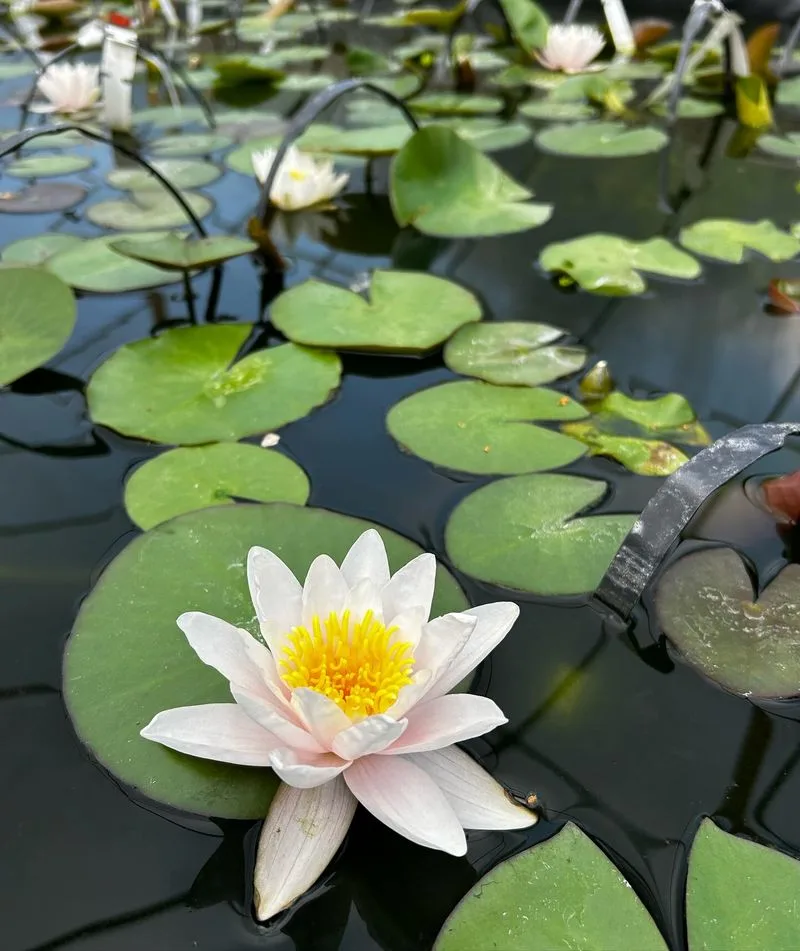
Monet’s water lilies transport viewers to his serene garden in Giverny. The paintings are an exploration of light and color, where water and sky seem to merge. With delicate brushstrokes, Monet captures the ethereal beauty of these floating blooms.
His series, painted over the course of 30 years, shows his evolving perception of nature. Each canvas is a meditation on tranquility and reflection. Monet’s obsession with light and its interaction with water is evident in every stroke.
Fun fact: Monet built a special garden to cultivate these lilies, creating a living masterpiece!
Irises

Van Gogh’s irises are a vivid symphony of color and form. These flowers, captured in the artist’s signature bold style, are more than mere botanical studies. They reveal his passion and intensity, translating the beauty of the natural world into a post-impressionist masterpiece.
Painted during his stay at the asylum in Saint-Rémy, these irises reflect both the chaos and the calm he found in his surroundings. Their dynamic composition and intense coloration are a testament to Van Gogh’s artistic spirit.
The irises’ vibrant hues have captivated audiences for generations, symbolizing hope and renewal.
Roses
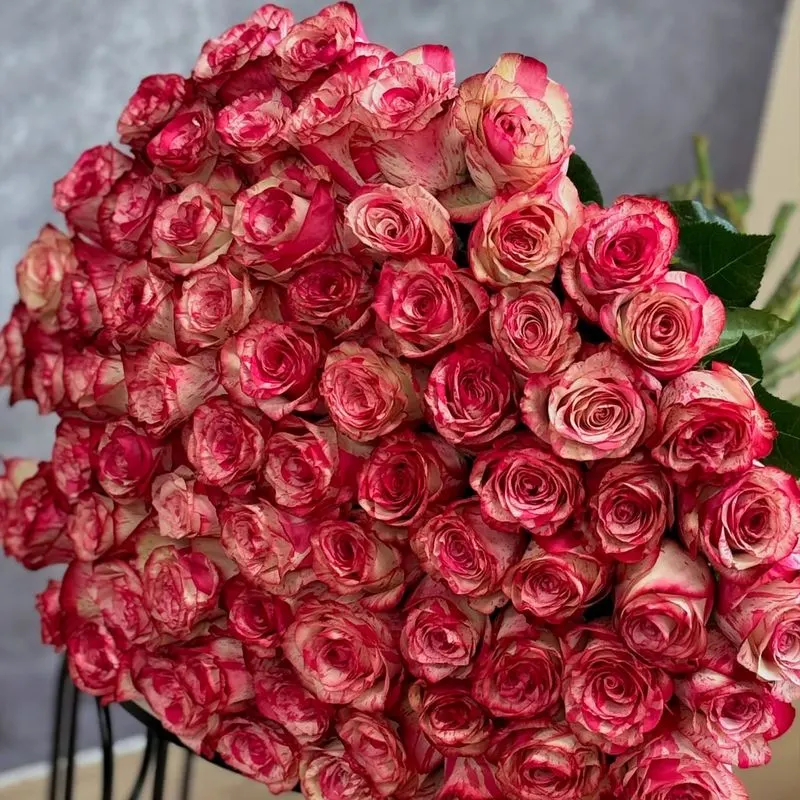
Renoir’s roses evoke a sense of romantic nostalgia. The delicate blooms are painted with a softness that reflects the artist’s gentle approach to his subjects. Each brushstroke is infused with warmth and intimacy, capturing the essence of a sun-drenched garden.
These roses, often featured in still lifes, symbolize love and beauty, themes that Renoir frequently explored. His impressionist technique brings the flowers to life, their gentle colors enhancing the overall harmony of his compositions.
A little-known fact: Renoir often painted roses for their symbolic connection to love and happiness.
Poppies
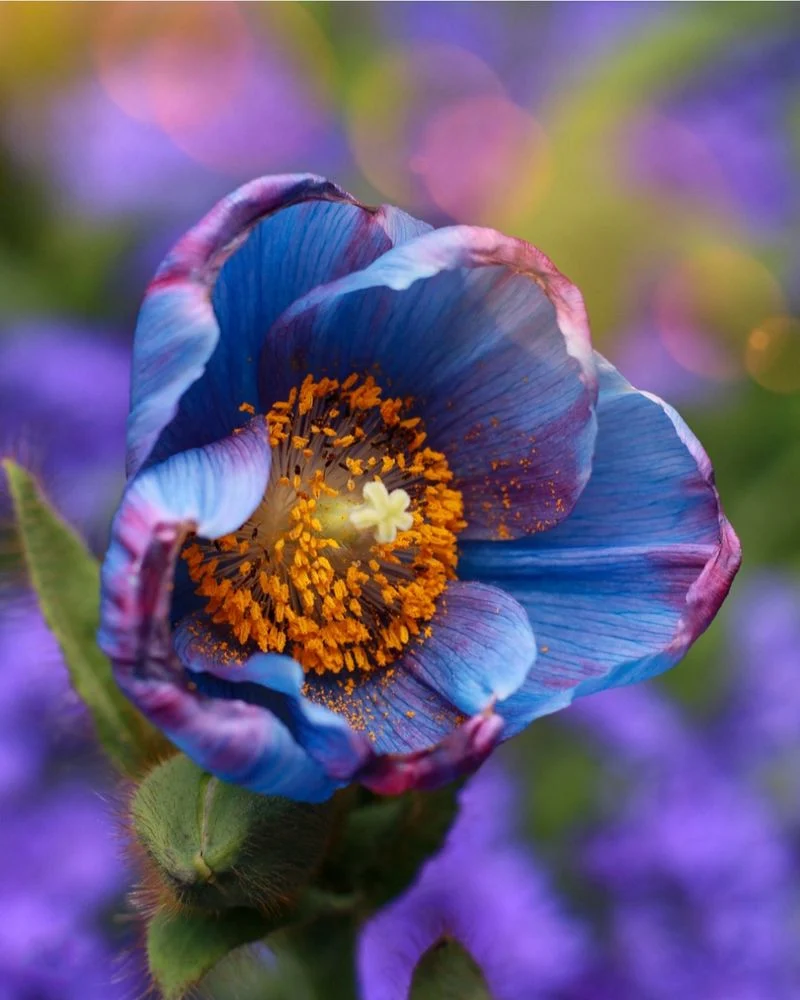
Georgia O’Keeffe’s poppies are bold and expressive, capturing the viewer’s attention with their vibrant red hues. Her modernist approach magnifies the flower’s form, inviting a closer inspection of its intricate details.
O’Keeffe’s paintings transform poppies into powerful symbols, exploring themes of femininity and nature. The large canvases and dramatic color contrasts highlight her unique artistic vision.
Fun fact: O’Keeffe’s poppy paintings are celebrated for challenging traditional representations of flowers in art, making them iconic in their own right.
Oleanders
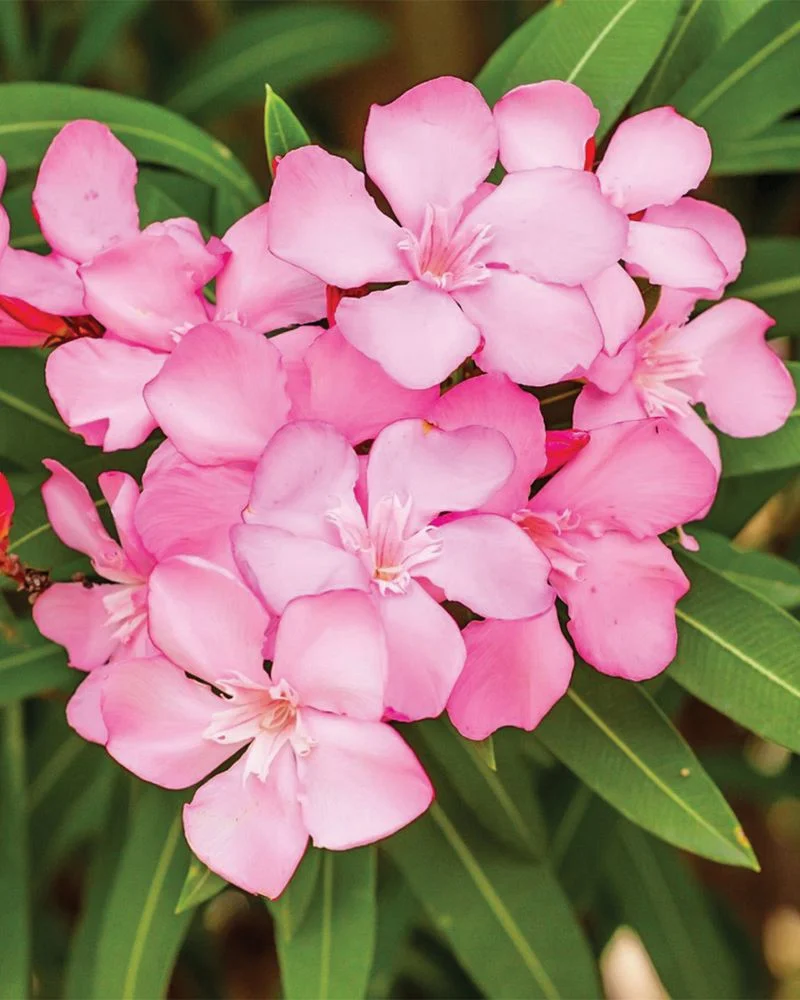
Oleanders, with their elegant blooms, found a place in Van Gogh’s vibrant world. These flowers are depicted with a sense of vitality, their forms swirling against the canvas in a dance of color.
The painting of oleanders captures the artist’s appreciation for the beauty in simplicity. Van Gogh’s choice of these flowers was inspired by their abundance in the sunny landscapes of the South of France.
Did you know? Oleanders are often associated with caution due to their toxic nature, adding a layer of complexity to Van Gogh’s portrayal.
Almond Blossoms
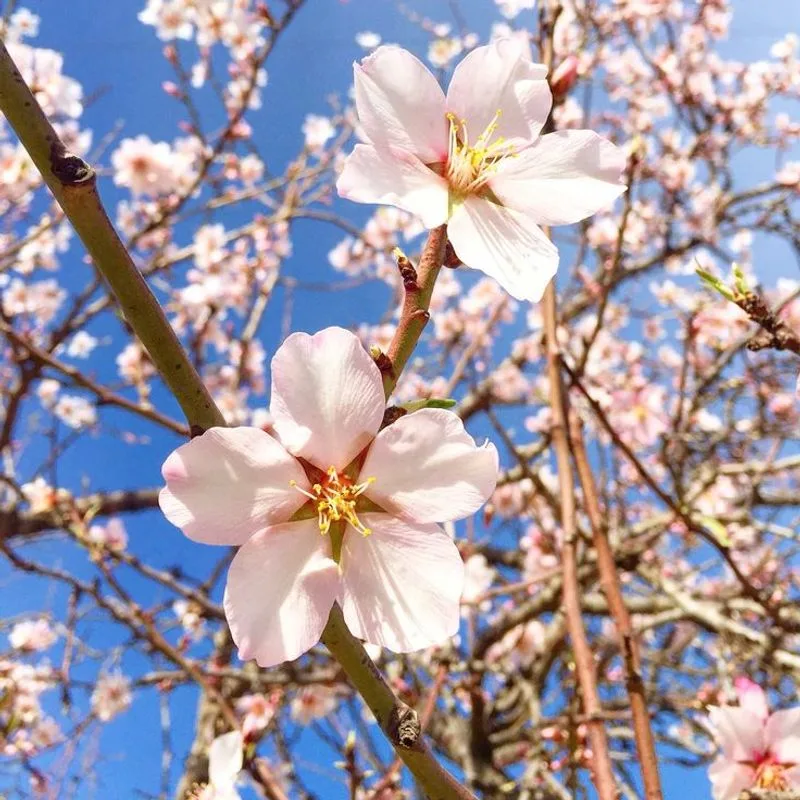
Van Gogh’s almond blossoms are a celebration of new beginnings. Painted with delicate precision, these flowers symbolize hope and renewal, capturing the essence of spring. Their fragile beauty is contrasted against a serene blue sky, creating a harmonious composition.
This iconic piece was a gift for his newborn nephew, representing life and growth. Van Gogh’s use of soft, light colors conveys a sense of tranquility and joy.
The almond blossoms stand as a testament to Van Gogh’s ability to find beauty in life’s simple pleasures.
Magnolias
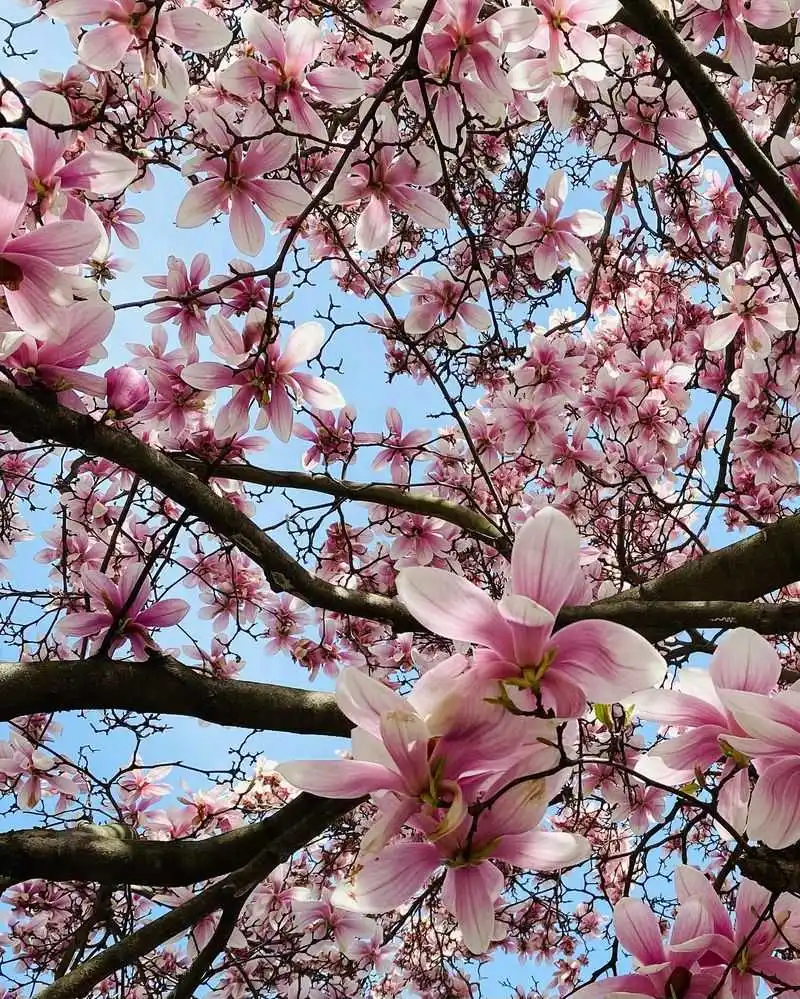
Martin Johnson Heade’s magnolias are a testament to his mastery of realism. These large, glossy blooms are rendered with meticulous detail, capturing the richness of their textures and colors. Each petal is portrayed with a lifelike quality, emphasizing Heade’s keen observational skills.
Magnolias, with their symbolic ties to nobility and beauty, were a favorite subject for the artist. His paintings often juxtapose these flowers against dark backgrounds, enhancing their luminous quality.
Fun fact: Heade’s fascination with magnolias was inspired by their majestic appearance and fragrant aroma.
Lilacs
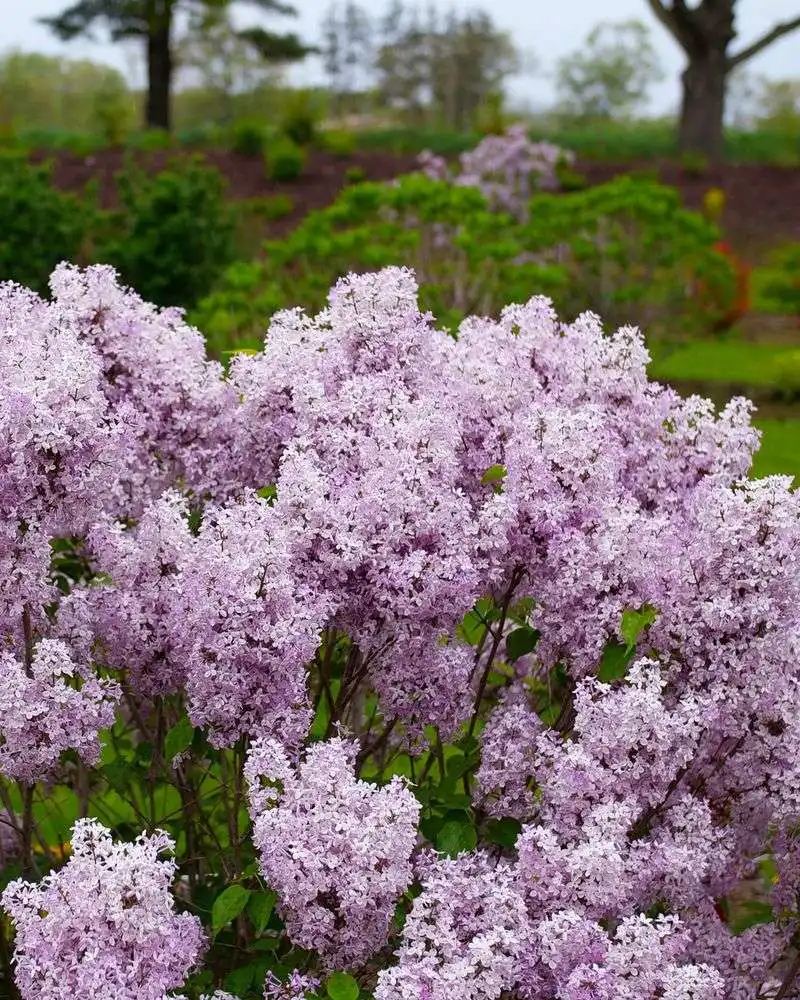
Lilacs, with their intoxicating scent and delicate beauty, inspired Henri Fantin-Latour to create stunning still lifes. His paintings capture the essence of these blooms with exquisite realism, each petal rendered in soft, harmonious tones.
Fantin-Latour’s lilacs evoke a sense of nostalgia and romance, their presence in art symbolizing renewal and the fleeting nature of beauty. His attention to detail transforms ordinary flowers into extraordinary subjects.
Did you know? Fantin-Latour was renowned for his floral still lifes, elevating the genre to new heights with his masterful technique.
Peonies

Peonies, with their lush, full blooms, have been a favorite subject for artists like Renoir. His impressionist style brings these flowers to life, capturing their vibrant colors and delicate textures. Each painting reflects the artist’s ability to evoke emotion through his depiction of nature.
Renoir’s peonies symbolize prosperity and romance, themes that resonate through his work. The gentle brushstrokes and soft color palette enhance the flowers’ natural beauty, offering viewers a glimpse into a serene, fragrant garden.
A fun fact: Peonies are often associated with good fortune and are celebrated in various cultures worldwide.
Tulips
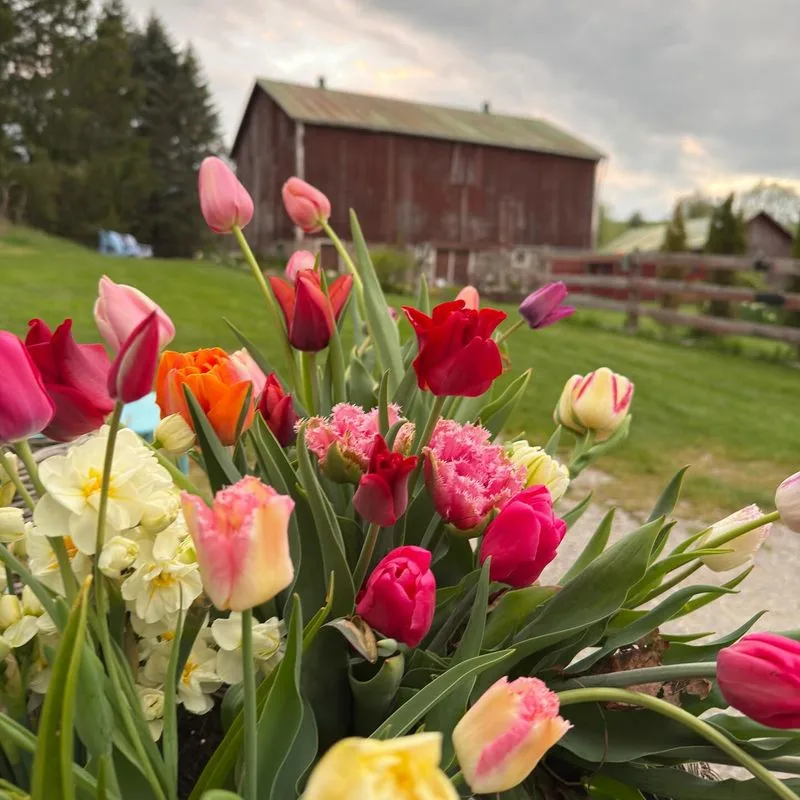
Tulips have long been a symbol of elegance and grace, traits that Monet masterfully captured in his paintings. His impressionist technique highlights the vibrant colors and dynamic forms of these beloved blooms.
Monet’s tulips are often set in expansive gardens, their bright hues contrasting with lush greenery. These paintings reflect the artist’s love for nature and his ability to portray light and shadow with a unique, lively touch.
Interesting tidbit: Tulips were once at the center of “tulip mania” in the 17th century, a fascinating period of economic history.
Lilies
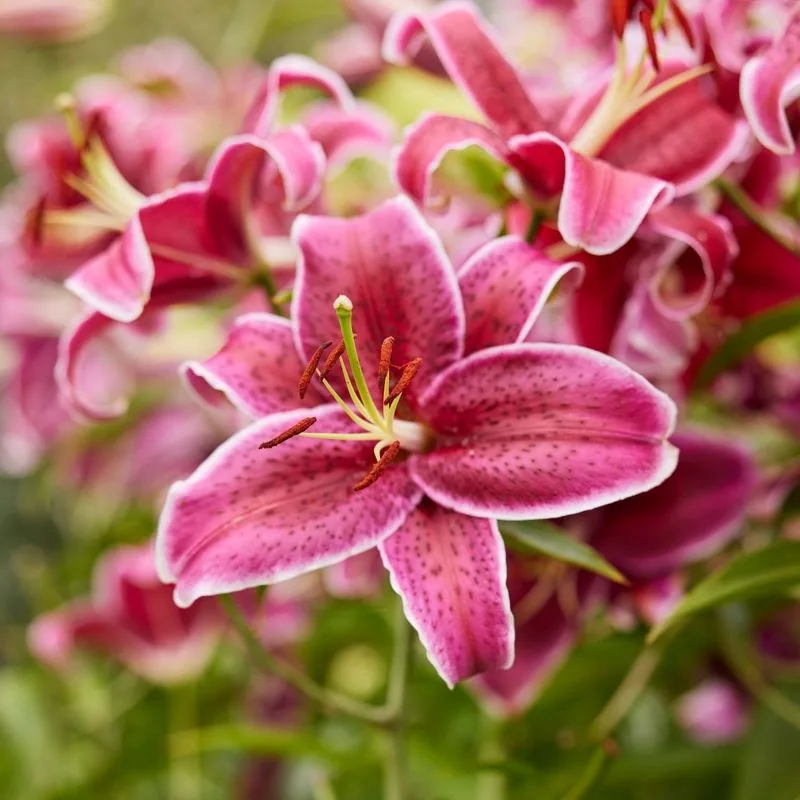
Henri Matisse’s lilies are a celebration of form and color, rendered in his distinctive Fauvist style. These flowers, with their bold outlines and vivid hues, create a striking visual impact. Matisse’s use of simplified shapes and expressive colors transforms lilies into dynamic compositions.
The artist’s innovative approach broke away from traditional representations, emphasizing emotional expression over realism. His lilies convey a sense of joy and spontaneity, reflecting the artist’s vibrant personality.
Did you know? Matisse’s bold style was initially controversial, but it eventually reshaped the art world.
Daisies
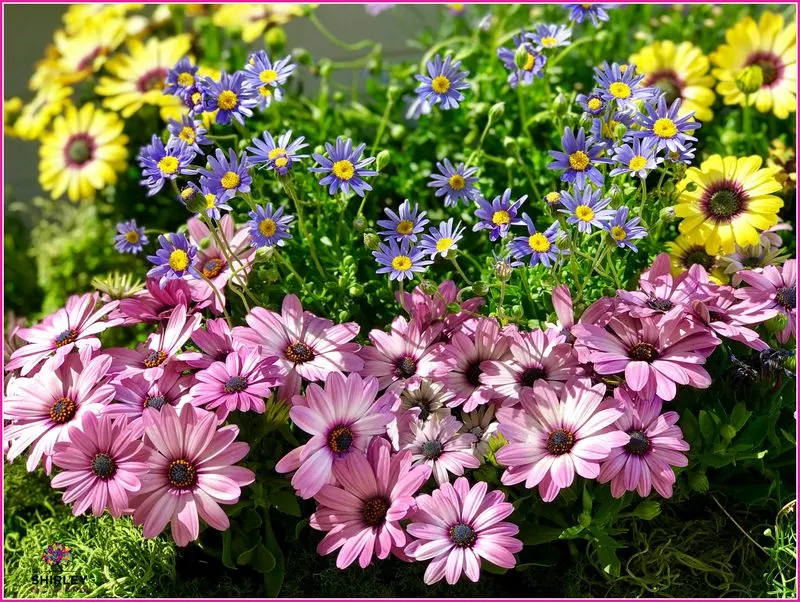
Daisies, with their simple beauty, were a source of inspiration for Alfred Sisley. His impressionist paintings capture the delicate charm of these flowers, set against the backdrop of sunlit meadows. Sisley’s use of light and shadow brings the daisies to life, creating a sense of peacefulness.
These paintings reflect his love for nature and his ability to capture fleeting moments of beauty. Daisies symbolize innocence and purity, themes that resonate in Sisley’s work.
A quirky fact: Daisies are known for their “day’s eye” ability, closing their petals at night and reopening with the morning sun.
Anemones
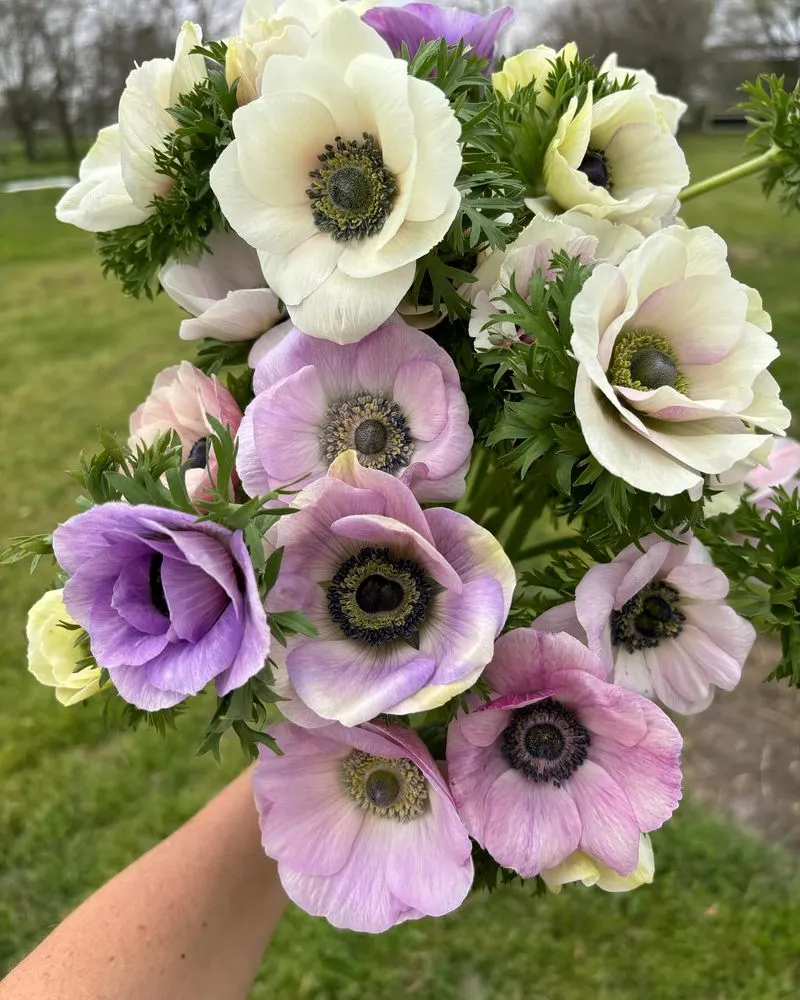
Matisse’s anemones are an exuberant display of color and form. The vibrant red and purple blooms, set against bold backgrounds, showcase his Fauvist style. Matisse’s approach transforms these flowers into lively compositions that burst with energy.
His use of bright, unblended colors and simplified shapes creates a dynamic visual experience. Anemones, with their symbolic ties to anticipation, reflect the artist’s innovative spirit and joy for life.
Intriguing tidbit: Anemones are sometimes called “windflowers,” believed to bloom only when the wind blows gently across them.
Chrysanthemums
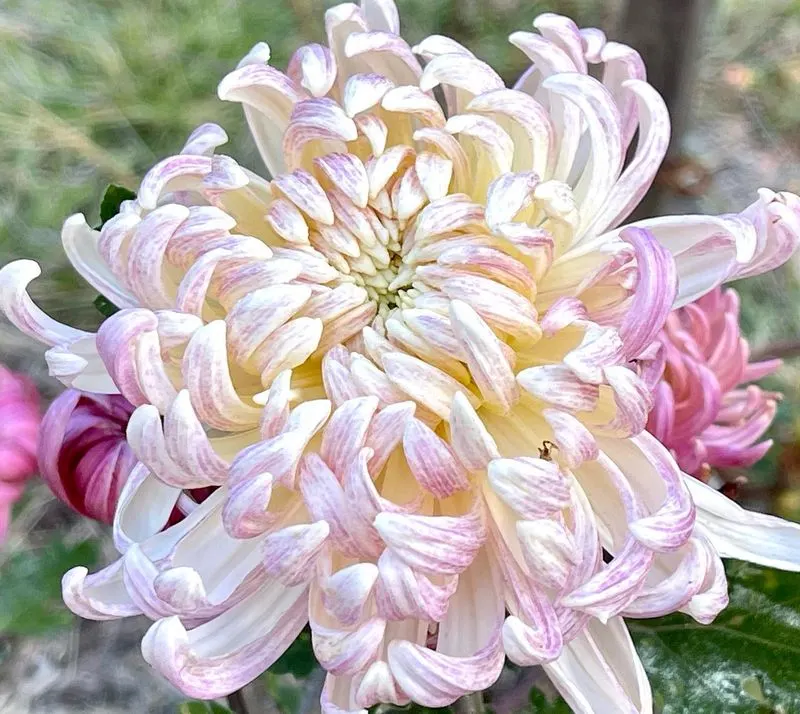
Monet’s chrysanthemums are a celebration of color and texture. These flowers, with their intricate petals and vibrant hues, are depicted in the artist’s signature impressionist style. Monet’s work captures the essence of these blooms, emphasizing their natural beauty.
The chrysanthemums’ lively colors and forms are brought to life through Monet’s skilled brushwork. These paintings reveal his fascination with garden scenes and his ability to convey emotion through floral subjects.
Curious fact: Chrysanthemums are symbols of autumn and are revered in many Eastern cultures for their beauty and resilience.

